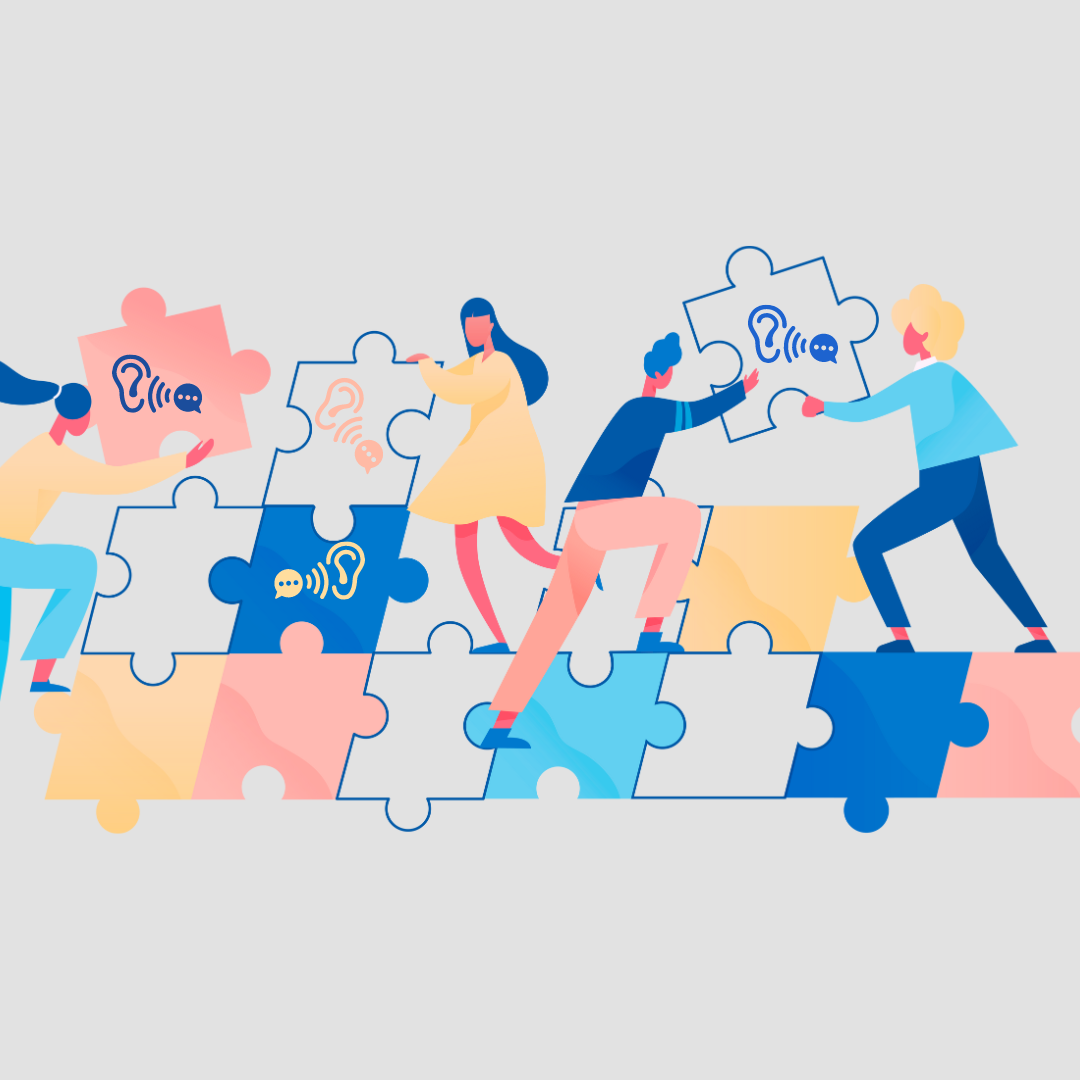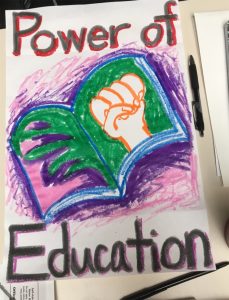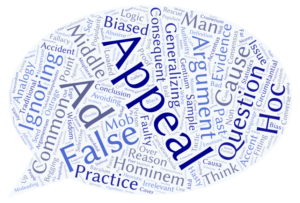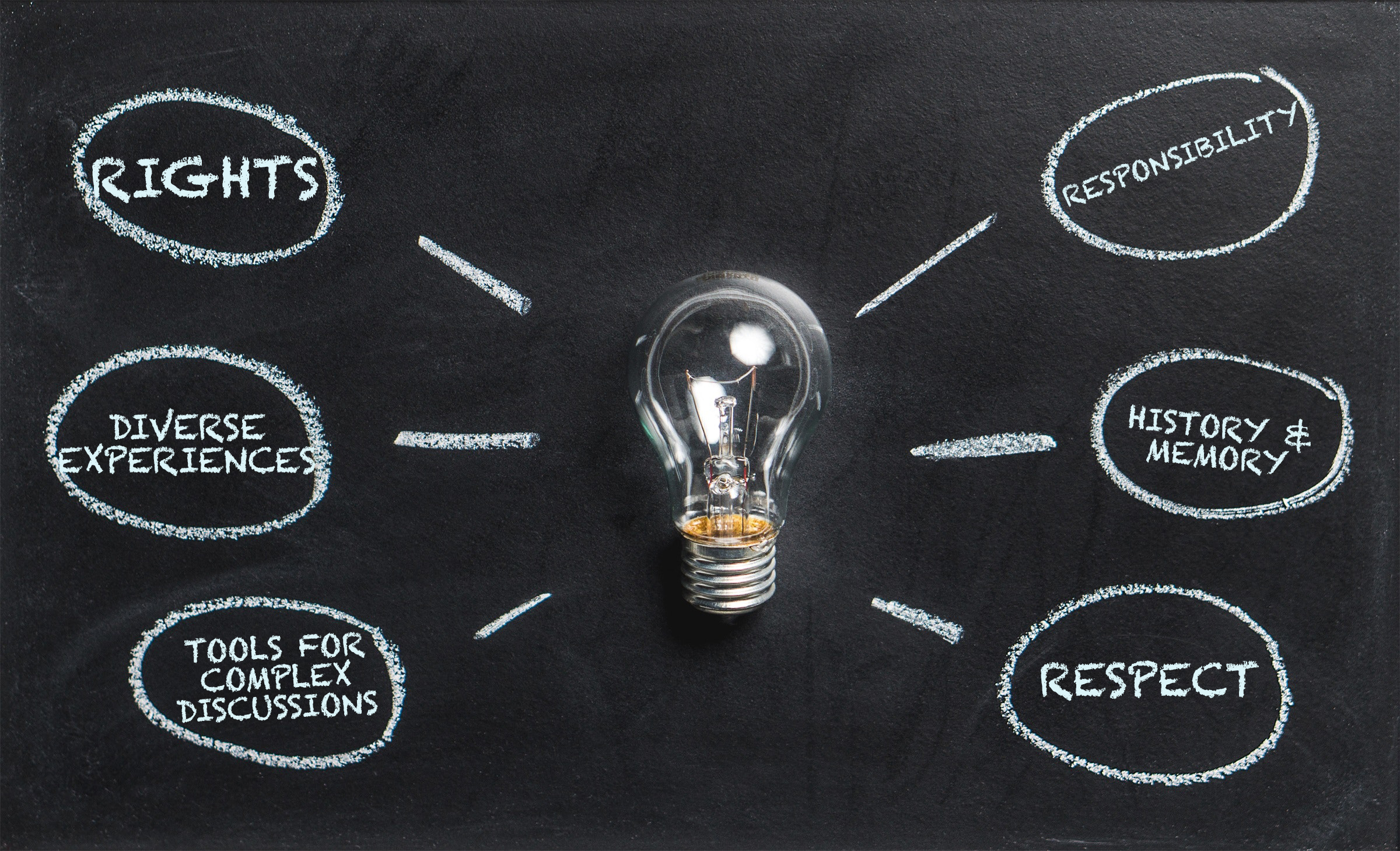Part of furthering human rights and pursuing social justice is navigating complex and nuanced subjects. Social issues are multilayered and connect to deeply held beliefs and ideas, often generating strong emotions.
UDHR Article 19 says, “Everyone has the right to freedom of opinion and expression; this right includes freedom to hold opinions without interference and to seek, receive and impart information and ideas through any media and regardless of frontiers.” How to experience this right when opinions may be very different, and emotions may be highly charged, is the challenge.
In order to communicate, whether through writing, speaking or posting on social media, so that others can listen with open minds and a willingness to exchange ideas without hostility or aggression, we need tools to:
- Build empathy as we share our histories and personal stories,
- Examine information with critical thinking,
- Gain awareness about how our words and actions affect others
- Communicate effectively so that others will listen without feeling defensive
- Develop resilience and knowledge to address challenges with enthusiasm and patience for the much-needed effort and time, rather than feeling defeat and limitation in the face of adversity.
Here is a start to some Resources to provide some of these tools, and we look forward to building on these resources over time. Please share any you have by contacting us at info@theworldasitcouldbe.org.

Stories of Working with and through Differences
In the work of social justice and human rights we are constantly learning from and with each other towards our shared goals. Here are some examples of how we can think through difficult moments and how other movement builders have worked through and with their differences.
- How Much Discomfort Is the Whole World Worth? (by Kelly Hayes & Mariame Kaba)
- “Movement building requires a culture of listening—not mastery of the right language… When organizers do not fully understand each other’s beliefs or identities, people will often stumble and offend one another, even if they earnestly wish to build from a place of solidarity. Efforts to build diverse, intergenerational movements will always generate conflict and discomfort. But the desire to shrink groups down to spaces of easy agreement is not conducive to movement building.”
- Ida B. Wells (1862-1931, journalist, women’s suffrage/voting rights activist) made Jane Addams (1860-1935, peace activist, suffragist) aware of her blind spots when it came to race in a way that helped these two historic figures find ways to further their causes towards a more just and equitable society.

Both/And Thinking
“The question is not IF we should be engaging in civil discourse and building connecting conversation with our family and friends, but rather when, where and how to do so
“HOW we can enable connecting conversations
“Lots of great people have explored how to have great conversations. We draw on their wisdom, adding insight from our own research on paradoxical thinking and both/and approaches.
- Decide when and where to engage in connecting conversations. The other day, I (Wendy) was talking with my daughter’s friend who is entering college. He was introduced to some incoming first years on a group chat. The chat quickly became political. Before even meeting one another in person, they started debating Middle East politics in the chat. He was feeling pressure to weigh in, but knew that the issues were complex and hard to express over text with people he didn’t know.
“Hold off,” I (Wendy) suggested. Connecting conversations require trust and respect, vulnerability and patience. These conversations happen best face-to-face between people. Social media, texts and other mediated communications muddy the conversations. I recommended to my daughter’s friend that he wait until he met these new friends, so that he could engage in a more respectful, curious conversation and when you have built some trust. He just started college last week with hopes of engaging in those conversations at the right time.
- Value the both/and – Social movements talk about winners and losers. Yet digging deeper shows that social progress is never unitary, but a synthesis of multiple stakeholder needs. The United States democracy formed as a synthesis between conservative and liberal values, federalists and states rights activists. As we have written about in the past, the suffragist movement bridged acrimonious tensions between the old guard and new guard, between white women and women of color and between men and women in order to achieve women’s right to vote. The two of us have experienced the positive power of divergent views. When we listen to others with different perspectives, we can go beyond the polarizing headlines and find deeper points of connection. We start to find the overlaps on divisive issues like guns, climate, abortion, etc. Many of our debates involve multiple, often divergent, moral values and we can learn a lot of from understanding the breadth of these ideas.
- Seek understanding, not advocacy – The other day, I (Wendy) listened as two friends shouted at one another about the US elections. Both vehemently defended their positions. Neither one listened to the other. The conversation repeated well-worn TV and social media headlines. Everyone left exhausted and frustrated, doubling down on their own position. No one left uplifted or informed. Conversation guru Chris Argyris pointed out three outcomes from conversations: 1) solving a joint problem, 2) learning, and 3) building relationships. Most people focus on solving a problem, and, even more specifically, advocating for their solution to the problem. But not every conversation needs to achieve that goal. What would it take to be in a conversation where you learn something and walk away feeling more connected to the other person? There is a time and place for advocacy. Importantly, the goal of a connecting conversation, however, is learning and understanding, not advocacy.
- Practice radical curiosity – University of Chicago Psychologist Nicholas Epley and colleagues wanted to see what it would take to help self-assured hedge fund investors improve. So used to espousing their own point of view, Epley and colleagues wondered if he could teach them to listen, and what the implications would be. At an offsite event, the told the investors they would engage in vulnerable, emotional conversations with strangers they never met, and asked them how they felt about the idea. Most people dreaded the activity. He then split them into partners and gave them deep, emotional questions to ask one another, such as: “Can you describe a time you cried in front of another person?” Ten minutes into the conversation, Epley asked everyone to stop. They didn’t. Twenty minutes into the conversation, he finally quieted people down. Many people had tears rolling down their cheeks and felt deeply moved by the experience. Asking deep questions and listening to others enables powerful, human connections. Doing so starts with radical curiosity – seeking to learn about the other person’s position. Do you remember the last time someone asked you a deeply curious question and listened deeply to the answer without judgment? How did that feel? What would it look like to offer that same opportunity to others? To just ask with curiosity conveys respect and honor. You can lean into curiosity with phrases like “tell me more about….” or “help me understand more about how you came to this perspective.” Doing so is hard – especially when that person’s position may feel like an existential threat. Remember that in the long term, your goal is to build bridges and connections, not to convince and advocate. (Check out our list of incredible resources to practice radical curiosity).
- Offer your point of view with humility – Sometimes it’s valuable to offer your point of view. Sharing your perspective can be vulnerable, and research shows that vulnerability helps to build trust and connection. Yet remember, use ‘I’ statements – this is only your perspective you are sharing. This helps you hold the humility that you have one approach – not THE approach. Stay away from phrases like, “everyone knows… or ‘everyone believes……” or even phrases that assert a belief as a truth. Instead, share a belief for what it is, your personal belief.”
Growth Mindset
The “Growth Mindset” is from Carol Dweck, Ph.D.’s work on shifting show we look at success, failure, and growth. Here are some resources on this framework:
- Resources for teachers: https://www.mindsetworks.com/science/
- Carol Dweck’s TED Talk (2014): https://www.ted.com/talks/carol_dweck_the_power_of_believing_that_you_can_improve
Social Emotional Learning
Social Emotion Learning (SEL) is another tool for building a range of skills to handle complex and diverse issues through a human rights lens.
- Except from our curriculum, “Social Emotional Learning & Its Connection to Human Rights Education” (PDF)
- Center for Children’s resource on SEL: https://www.cfchildren.org/what-is-social-emotional-learning/
Community Connection & Engagement
- TWAICB: Using the UDHR to Guide Positive Community Action
- TWAICB: Human Rights Discussion Agreements
Intersectionality
- Kimberle Crenshaw’s TED Talk on Intersectionality: https://www.ted.com/talks/kimberle_crenshaw_the_urgency_of_intersectionality

Words, Rhetoric, and Philosophies in Action
Understanding how we communicate information, deciphering what we and others mean, and identifying confusing or false arguments is key to working through and with our differences. Here are some useful guides for learning more about the art of communication.
Whataboutism: what it is and why it’s such a popular tactic in arguments (The Conversation)
Whataboutism is an argumentative tactic where a person or group responds to an accusation or difficult question by deflection. Instead of addressing the point made, they counter it with “but what about X?”.
Excerpt:
More pernicious is when whataboutism is put to work as a misinformation tool. Since the cold war era Russian propagandists have responded to criticism of Russian policies by immediately pointing out that western countries have similar policies… The sophists were the propagandists of ancient times. They prided themselves on being able to convince an audience – using any means available, including whataboutism – of any conclusion, irrespective of its truth
What Is Sophistry? (Thought Co.)
Reasoning that appears sound but is misleading or fallacious is known as sophistry. In Metaphysics, Aristotle defines sophistry as “wisdom in appearance only.”
From the article on Whataboutism above, “Plato was an ardent critic of the sophists. He vehemently made the point that arguments should be aimed at truth.”
Fallacies (Internet Encyclopedia of Philosophy)
Excerpt:
The first known systematic study of fallacies was due to Aristotle in his De Sophisticis Elenchis (Sophistical Refutations), an appendix to the Topics. He listed thirteen types. After the Dark Ages, fallacies were again studied systematically in Medieval Europe. This is why so many fallacies have Latin names. The third major period of study of the fallacies began in the later twentieth century due to renewed interest from the disciplines of philosophy, logic, communication studies, rhetoric, psychology, and artificial intelligence.







